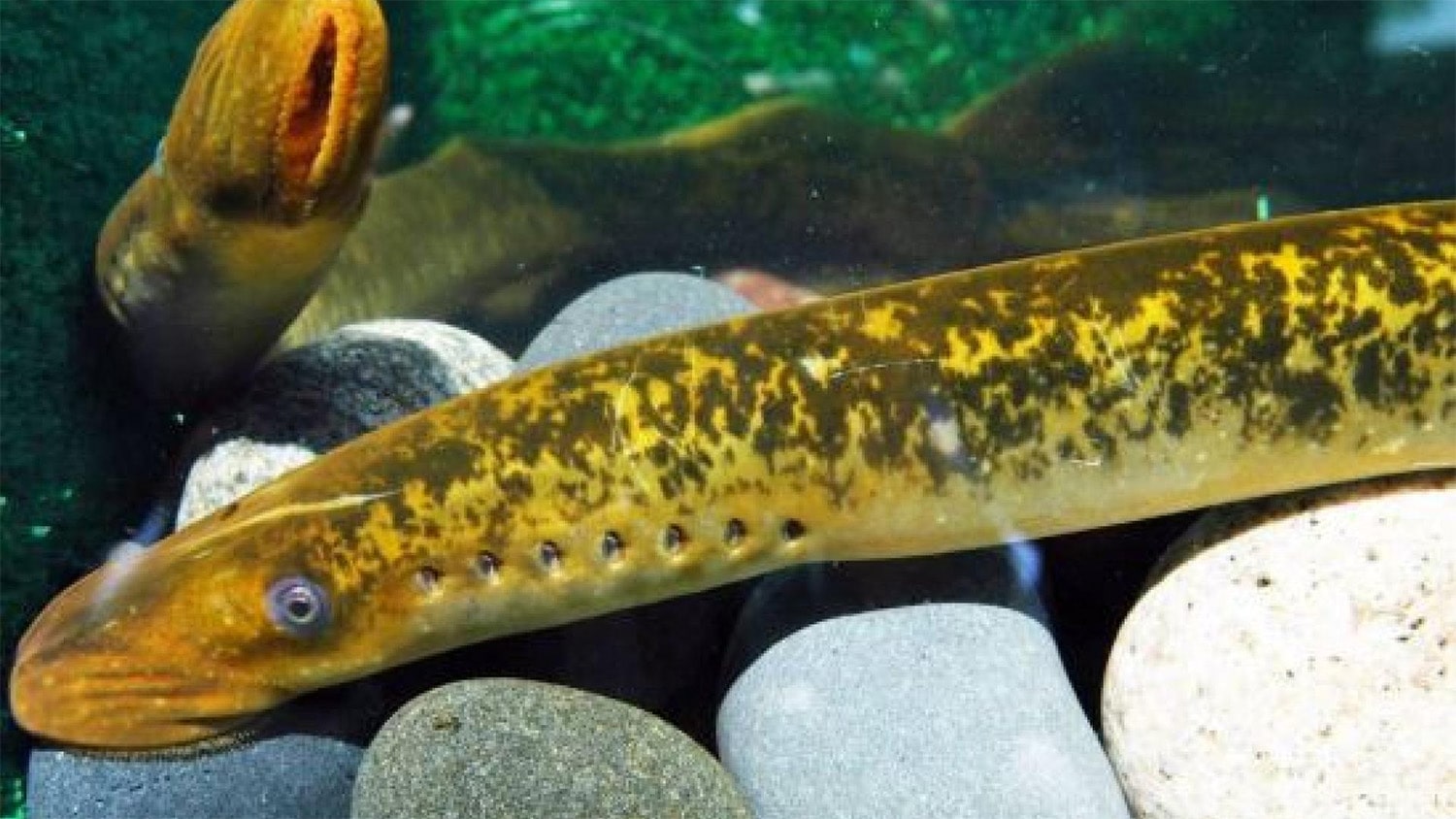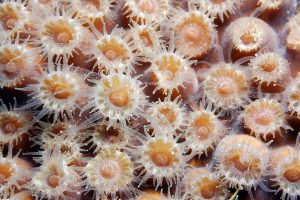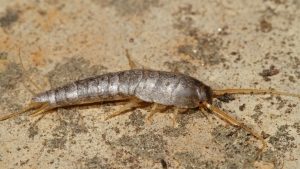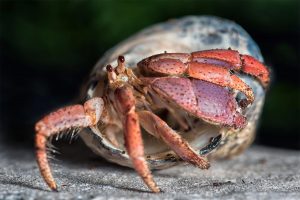
27 interesting facts about lampreys
- 👁️ 1236
Lampreys, ancient and enigmatic, are jawless fish that have fascinated scientists and the public alike with their distinctive appearance and unique lifestyle. These creatures are often referred to as “vampires of the sea” due to their parasitic feeding habits in their adult stage. Originating from a lineage that dates back over 360 million years, lampreys provide a living window into the early evolution of vertebrate life. With their alien-like features and intriguing behaviors, they have a mysterious allure, offering insights into the complexity of nature and the evolutionary pathways that life on Earth has taken. Here are 27 interesting and informative facts about lampreys, shedding light on their biology, ecology, and the role they play in their ecosystems.
- Lampreys are one of the oldest surviving vertebrate species, with fossils dating back to the Devonian period.
- They are part of the Agnatha class, which means “without jaws.”
- Lampreys have a unique circular mouth filled with rows of sharp, keratinized teeth.
- Their body is elongated and eel-like, lacking paired fins and scales.
- Lampreys can be found in both freshwater and marine environments across the globe.
- They have a lifecycle that includes a prolonged larval stage, which can last up to seven years in some species.
- The larval stage, known as ammocoetes, live buried in sediment and filter feed on microorganisms.
- Only adult lampreys feed on the blood or body fluids of other fish, using their toothed, funnel-like mouth to attach to their host.
- Not all lamprey species are parasitic; some species do not feed at all once they reach adulthood and die shortly after spawning.
- Lampreys spawn in freshwater rivers and streams, where they build nests by moving stones with their mouths.
- After spawning, adult lampreys typically die, making their life cycle semelparous.
- Lampreys use a specialized enzyme to prevent their host’s blood from clotting while they feed.
- They have a series of gill pores on either side of their body, through which they breathe.
- The control of invasive lamprey populations, especially in the Great Lakes, involves methods like barriers, chemical lampricides, and trapping.
- Some species of lampreys are considered delicacies in certain cultures, particularly in Europe.
- Lampreys possess a primitive vertebral column known as a notochord.
- They have been critical to scientific research, especially in studies related to evolutionary biology and vertebrate development.
- Lampreys have a relatively simple brain compared to more evolved fish, yet they exhibit complex behaviors.
- The sea lamprey is one of the most well-known species due to its impact as an invasive species in North America.
- Efforts to conserve lamprey populations focus on protecting their spawning grounds and improving river habitats.
- Lampreys play a significant role in their ecosystems, often acting as indicators of healthy water systems.
- The genome of the sea lamprey has been sequenced, providing valuable data for evolutionary studies.
- Some indigenous cultures have used lampreys for medicinal purposes.
- Lampreys have a single nostril on the top of their head, leading to an internal olfactory organ.
- They are capable of considerable regeneration, sparking interest in medical research for regenerative medicine.
- Lampreys have been used as bait in commercial fishing for other species.
- The impact of lampreys extends beyond their ecological role, influencing cultural traditions, cuisine, and scientific research around the world.
Lampreys are remarkable creatures that serve as a bridge to the distant past, offering unique insights into the early evolution of vertebrates. Despite their sometimes-negative reputation as parasites, they play a crucial role in their ecosystems and have contributed significantly to scientific research. Understanding lampreys not only enriches our knowledge of biodiversity and evolutionary biology but also highlights the importance of conserving these ancient species and their habitats. Through continued study and conservation efforts, we can ensure that lampreys continue to thrive, maintaining their place in the tapestry of life on Earth.











